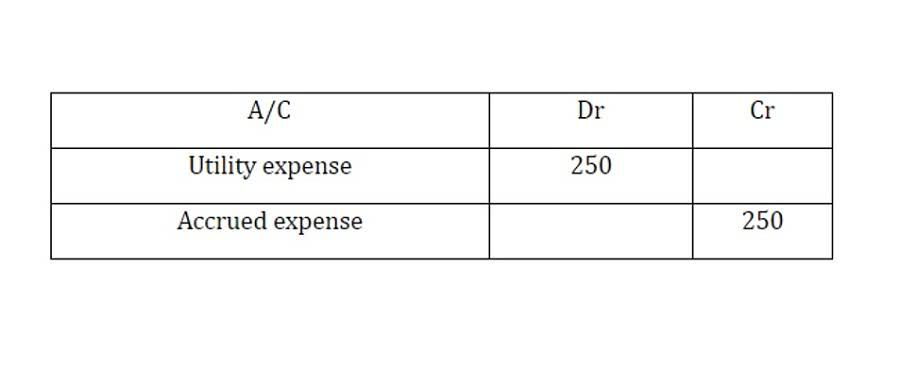
In the event of the company’s liquidation or bankruptcy, non-cumulative preferred stockholders have a higher priority claim on the company’s assets than common stockholders. Non-cumulative preferred stock is a type of preferred stock issued by companies to raise capital. It differs from cumulative preferred stock in terms of the dividend payment structure and the rights it provides to shareholders.
How do noncumulative financial instruments impact financial statements?

There are a number of strong companies in stable industries that issue preferred stocks that pay dividends above investment-grade bonds. So, if you’re seeking relatively safe returns, noncumulative preferred stock you shouldn’t overlook the preferred stock market. Preferreds have fixed dividends and, although they are never guaranteed, the issuer has a greater obligation to pay them.
Ask a Financial Professional Any Question
Therefore, this compensation may impact how, where and in what order products appear within listing categories, except where prohibited by law for our mortgage, home equity and other home lending products. Other factors, such as our own proprietary website rules and whether a product is offered in your area or at your self-selected credit score range, can also impact how and where products appear on this site. While we strive to provide a wide range of offers, Bankrate does not include information about every financial or credit product or service. Preferred stock can have its place in a well-diversified portfolio, but investors should be aware of its downsides. This asset class is sensitive to interest rate fluctuations and offers limited upside potential but offers above-average payouts as a notable positive. Your preferred stock may be called in at “par,” regardless of what you paid for it.
How confident are you in your long term financial plan?
- Unlike traditional bonds, noncumulative bonds do not accumulate interest over time.
- If the company has a particularly lucrative year and meets a predetermined profit target, holders of participatory shares receive dividend payments above the normal fixed rate.
- Unlike cumulative preferred stock, noncumulative preferred stock does not utilize the dividend in arrears account for unpaid dividends.
- Yet, because preferred shareholders have lower priority in the capital structure as compared to bondholders, the ratings on preferred shares are generally lower than the same issuers’ bonds.
- The term « noncumulative » describes a type of preferred stock that does not pay stockholders any unpaid or omitted dividends.
That is determined by whether your preferred shares offer cumulative or noncumulative dividends. If you have preferred shares, one way to take advantage of a degree of capital appreciation is to convert them into common shares. Not every company offers convertible shares, but if the choice is available, you might be able to turn your preferred stock into common stock at a special rate called the conversation ratio.
- Preference shares that include a cumulative clause protect the investor against a downturn in company profits.
- This can be especially lucrative for preferred shareholders if the market value of common shares increases.
- In contrast, holders of the cumulative preferred stock shares will receive all dividend payments in arrears before preferred stockholders receive a payment.
- If you choose to invest in preferred shares, consider your overall portfolio goals.
- This essentially means cumulative preferred stockholders will receive all of their missed dividends before holders of common stock receive any dividends, should the company begin paying dividends again.
- For information pertaining to the registration status of 11 Financial, please contact the state securities regulators for those states in which 11 Financial maintains a registration filing.
- However, they are typically lower in priority compared to bondholders and other debt holders.
Preference shares, more commonly referred to as preferred stock, are shares of a company’s stock with dividends that are paid out to shareholders before common stock dividends are issued. If the company enters bankruptcy, preferred stockholders are entitled to be paid from company assets before common stockholders. Cumulative preferred stock allows missed dividends to accumulate, creating a future financial obligation for the company to pay the missed dividends before any dividends can be paid to common stockholders. Preference shares, also known as preferred shares, are a type of security that offers characteristics similar to both common shares and a fixed-income security. The holders of preference shares are typically given priority when it comes to any dividends that the company pays.
- This is before other classes of preferred stock shareholders and common shareholders can receive dividend payments.
- Our team of reviewers are established professionals with decades of experience in areas of personal finance and hold many advanced degrees and certifications.
- This team of experts helps Finance Strategists maintain the highest level of accuracy and professionalism possible.
- Whereas common stock is often called voting equity, preferred stocks usually have no voting rights.
- How valuable convertible common stocks are is based, ultimately, on how well the common stock performs.
- Because every preferred stock has certain defining features relating to debt securities—including maturities which can be long—it’s vital to research the issuer before making a purchase.

Noncumulative derivatives, such as certain types of options or futures contracts, also exist. The payoff from these instruments does not accumulate over time but depends on the price of the underlying asset at a specific point in time. Instead, the right to receive the dividend expires, and the company is not obligated to make up for missed payments in the future. SSGA Intermediary Business offers a number of products and services designed specifically for various categories of investors.
- It does not take into account any investor’s particular investment objectives, strategies, tax status or investment horizon.
- As such, there is not the same array of guarantees that are afforded to bondholders.
- Some preferred shares are convertible preferred stocks that include an option for the holder to convert the shares into a fixed number of common shares after a predetermined date.
- Because of their characteristics, they straddle the line between stocks and bonds.
- When the company gets through the trouble and starts paying out dividends again, standard preferred stock shareholders possess no rights to receive any missed dividends.
- In addition, cumulative preferred stock provides additional advantages over and above the non-cumulative type.
